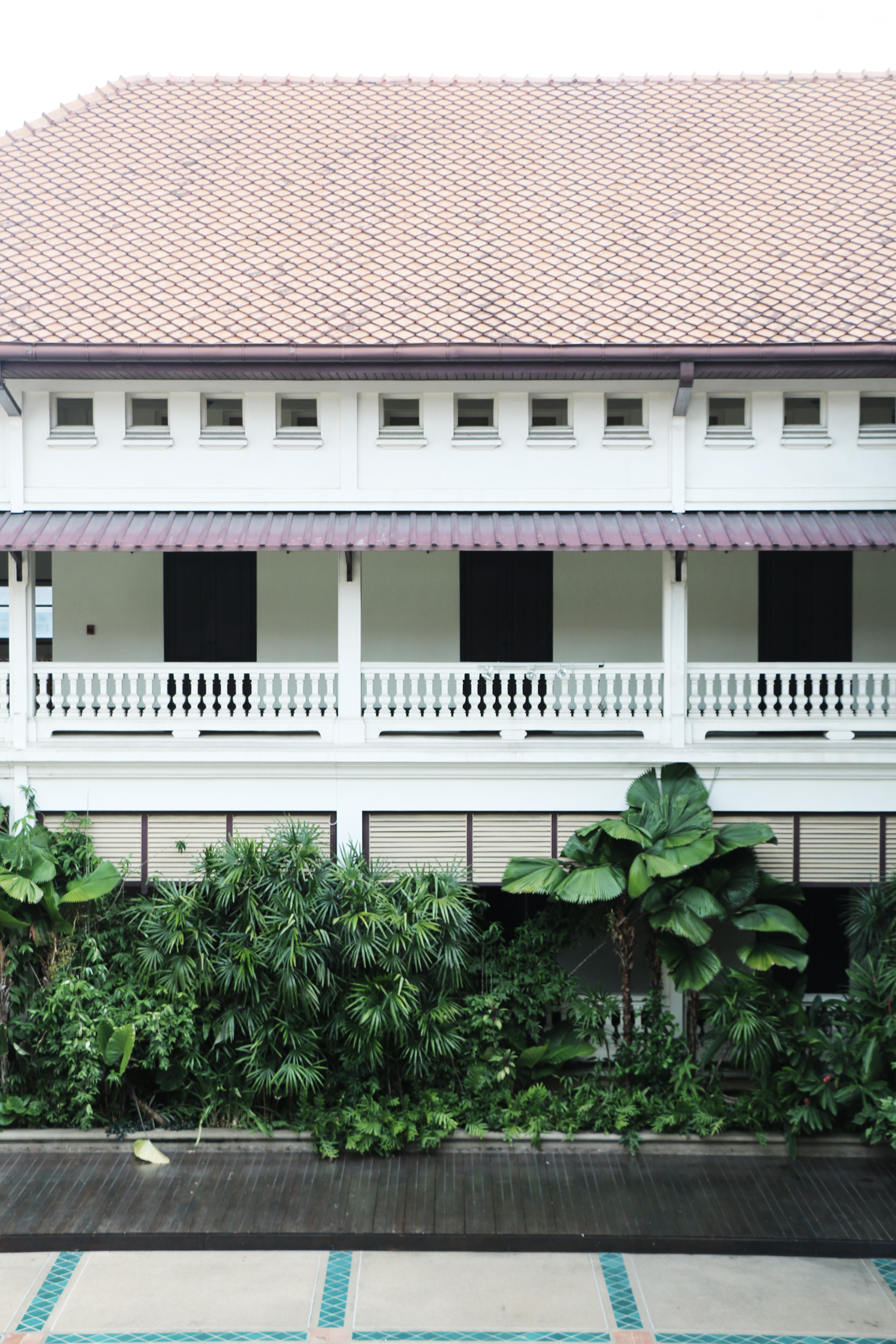Chiang Mai breaks all the stereotypes of a Thailand postcard. Most tourists visit the Country's northern region for trekking and elephant spotting but fly away with much more. Chiang Mai is fast becoming a sophisticated and creative city supporting local aspirations and exceeding visitor expectations. Like many great cities around the world, it's the hidden and unexpected experiences that make this destination, a place to remember.
Chiang Mai is known for its rich culture (it was once the ancient capital of the Lanna Kingdom), its surrounding natural beauty including mountain ranges, forests and waterfalls, and its strong Buddhist religious traditions (over 200 temples in and around Chiang Mai). These features, along with access to elephant parks (some more ethical than others), is what most tourists visit the region to experience. Yet in recent years, the City is focusing less on what the tourist wants and more on what locals need.
Trekking in Chiang Mai. Image courtesy John O'Callaghan.
In 2010, the Creative Chiang Mai (CCM) initiative was launched to promote local innovation, build on the City's cultural strengths and further develop the creative and knowledge economy. The high level strategy priorities local artists, entrepreneurs and creatives, to focus on talent and diversify market offer away from the big two economies - agriculture and tourism.
CCM projects include linking up with global talkfest TEDxChiangMai, managing an online portal for handmade products in Chiang Mai, known as HMCM (watch a great video of the here), and working closely with a not-for-profit art learning center, Meedee Depo, to encourage artistic expression in children. The CCM is also being advertised around the City in Museums and creative spaces like Things Called Art.
Ms. Siriwan Lohacheewa, the driving force behind Things Called Art, is happy to share information on CCM (with posters and stickers in the shopfront) and keeps up to date with their initiatives and news via facebook. Lohacheewa also cautions that on its way to being a 'creative city', authenticity is important for Chiang Mai "It might be super great if we could be creative city in the future but I hope it won't be fake."
The City's youth can also be thanked for the changing face of Chiang Mai. The trendy precinct of Nimmanhaemin Road, in close proximity to the City's University and just outside the 'old city', is another neighbourhood changing the face of Chiang Mai.
Galleries that double as artist studios and making spaces are common around Nimmanhaemin. A comfortable lounge, studio and gallery, Gallery Seescape, located down a side street off Nimmanhaemin is a popular spot for young creatives. The multi use/functionality of space that exists in Chiang Mai (and other Asian cities) is an exemplar for traditional western planning practice.
A passionate cafe culture is also thriving, with coffee beans ordered daily, grown (arabica) and roasted in the nearby mountains, then served in the hipster cafes along Nimmanhaemin. Ristr8to serves your chosen style with talented (and award winning) latte art, but also educates the consumer on everything you need to know about coffee.
With influences from other 'coffee capitals' around the world located in countries like Australia, Colombia and Ethiopia, these coffee shops are not only the latest craze, they're also looking outward, beyond Chiang Mai, to a globalised world.
Just like coffee, Chiang Mai's food scene is also changing. The return of David and Thanyarat Gordon, to Chiang Mai, has produced David's Kitchen at 909, a French Thai fusion restaurant delivering high quality fine dining by Chef Arthit Dissunont. With culinary art to match the impressive personal service, David's Kitchen is a sophisticated addition to Chiang Mai's diverse food offering.
The Chiang Mai hospitality is polite, warm and generous. Its creativity is booming and evolving. Here at TC we'll be watching closely to see its next move.
Have you been to Chiang Mai? What have I missed here?
Buddhist Monk. Image courtesy John O'Callaghan.
Latte Art at Ristr8to. Image courtesy John O'Callaghan.
Chiang Mai Historical Centre. Image courtesy John O'Callaghan.
Creative City Chiang Mai Logo and Feedback Box. Image courtesy John O'Callaghan.
Things Called Art. Image courtesy John O'Callaghan.
'Turf' by Wang Ying-Kai. Image courtesy John O'Callaghan.
Ristr8to. Image courtesy John O'Callaghan.
David's Kitchen Bourguignon. Image courtesy John O'Callaghan.
Cocktail at David's Kitchen. Image courtesy John O'Callaghan.









